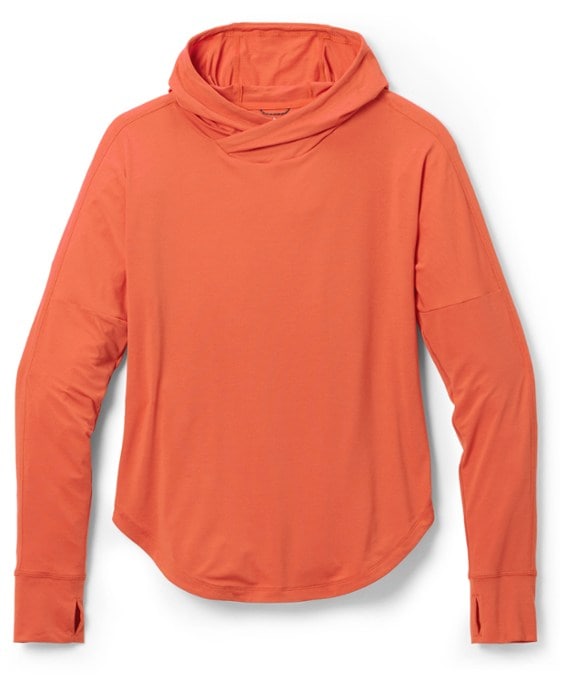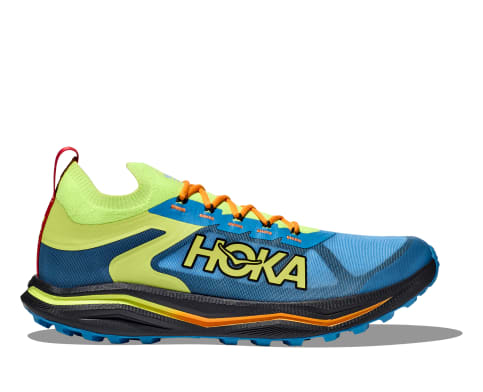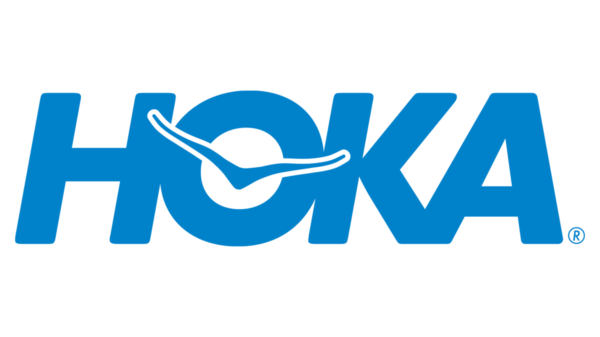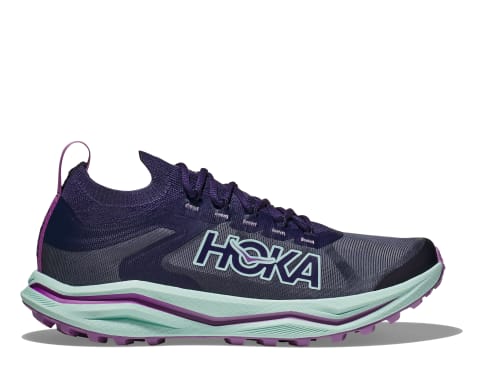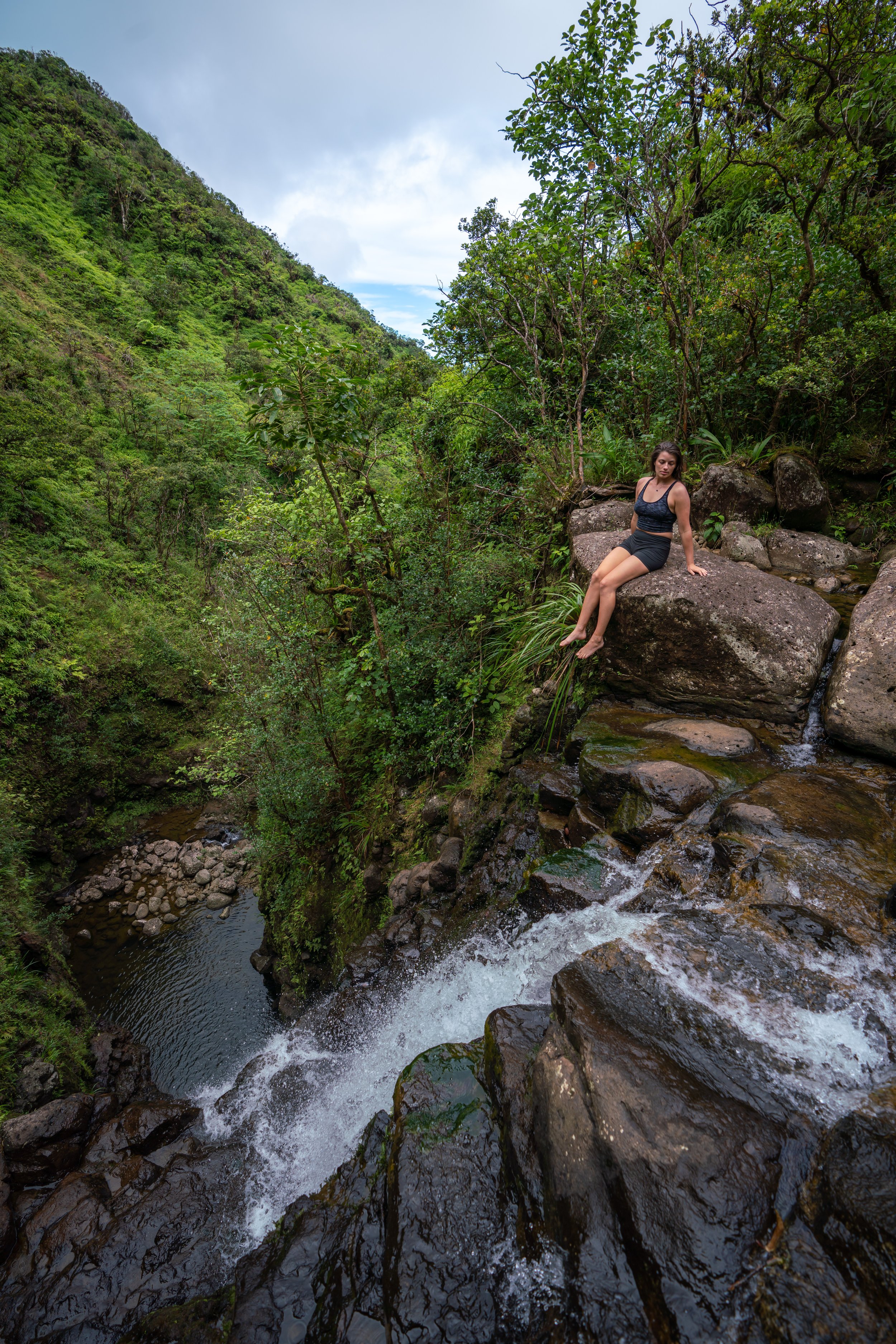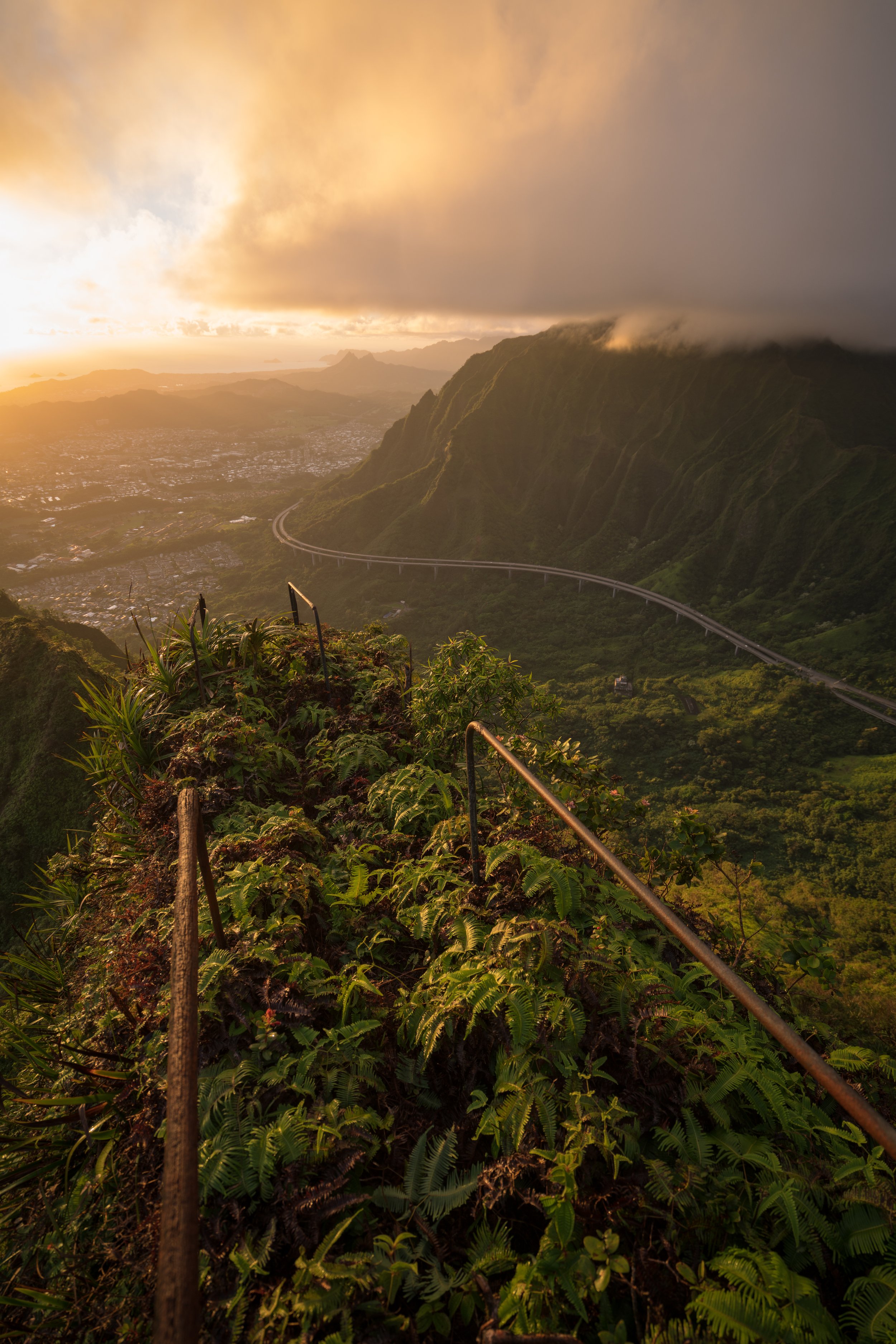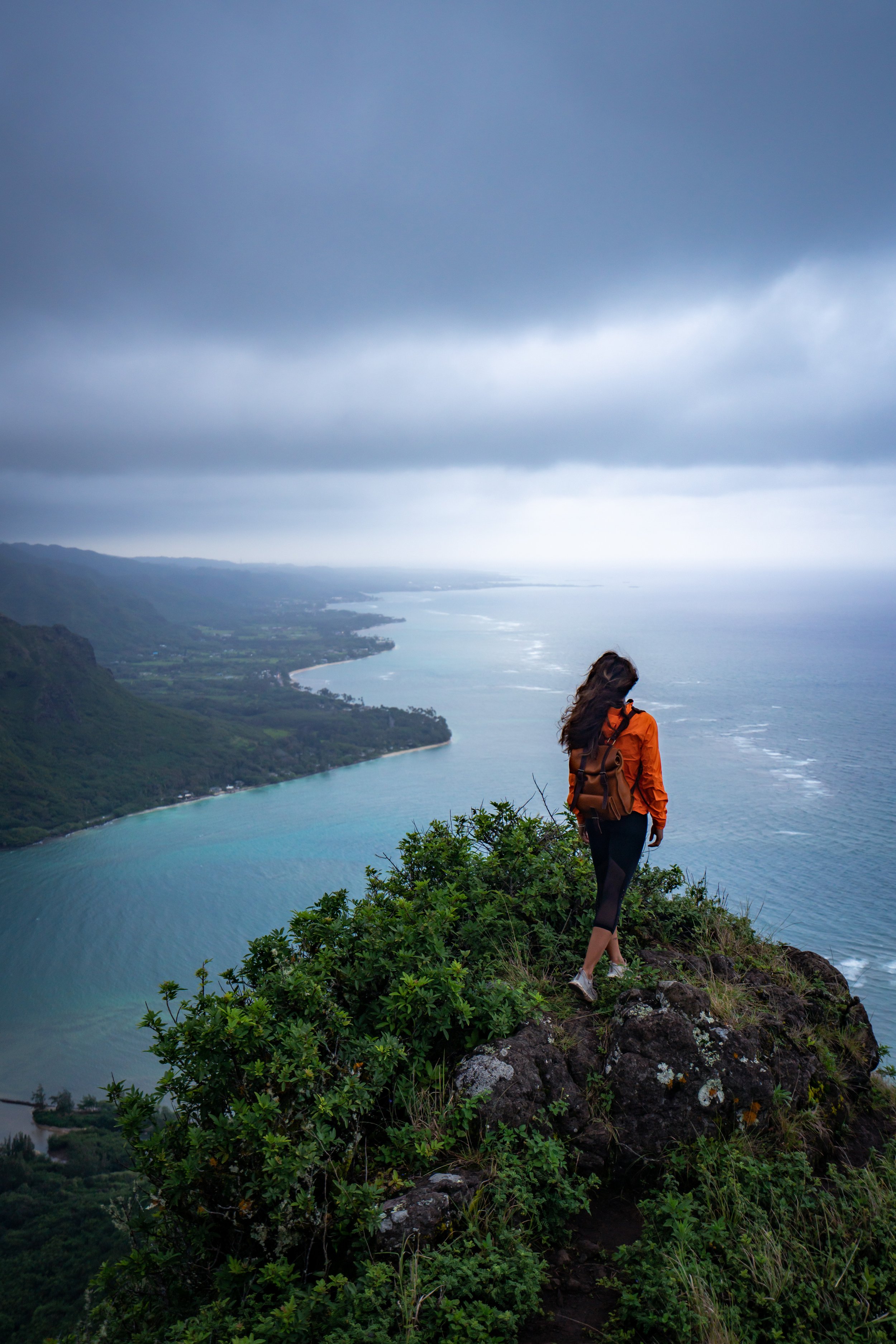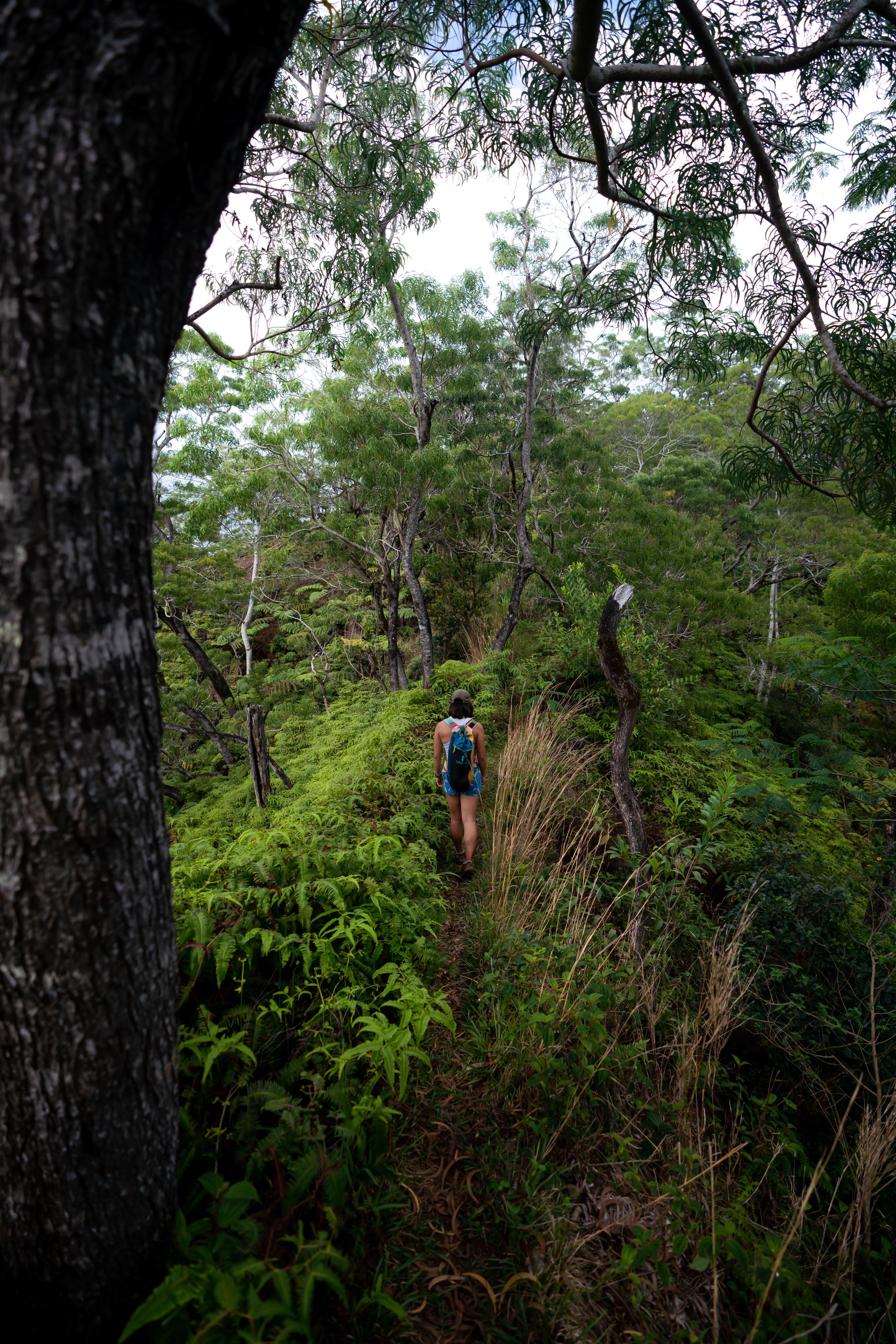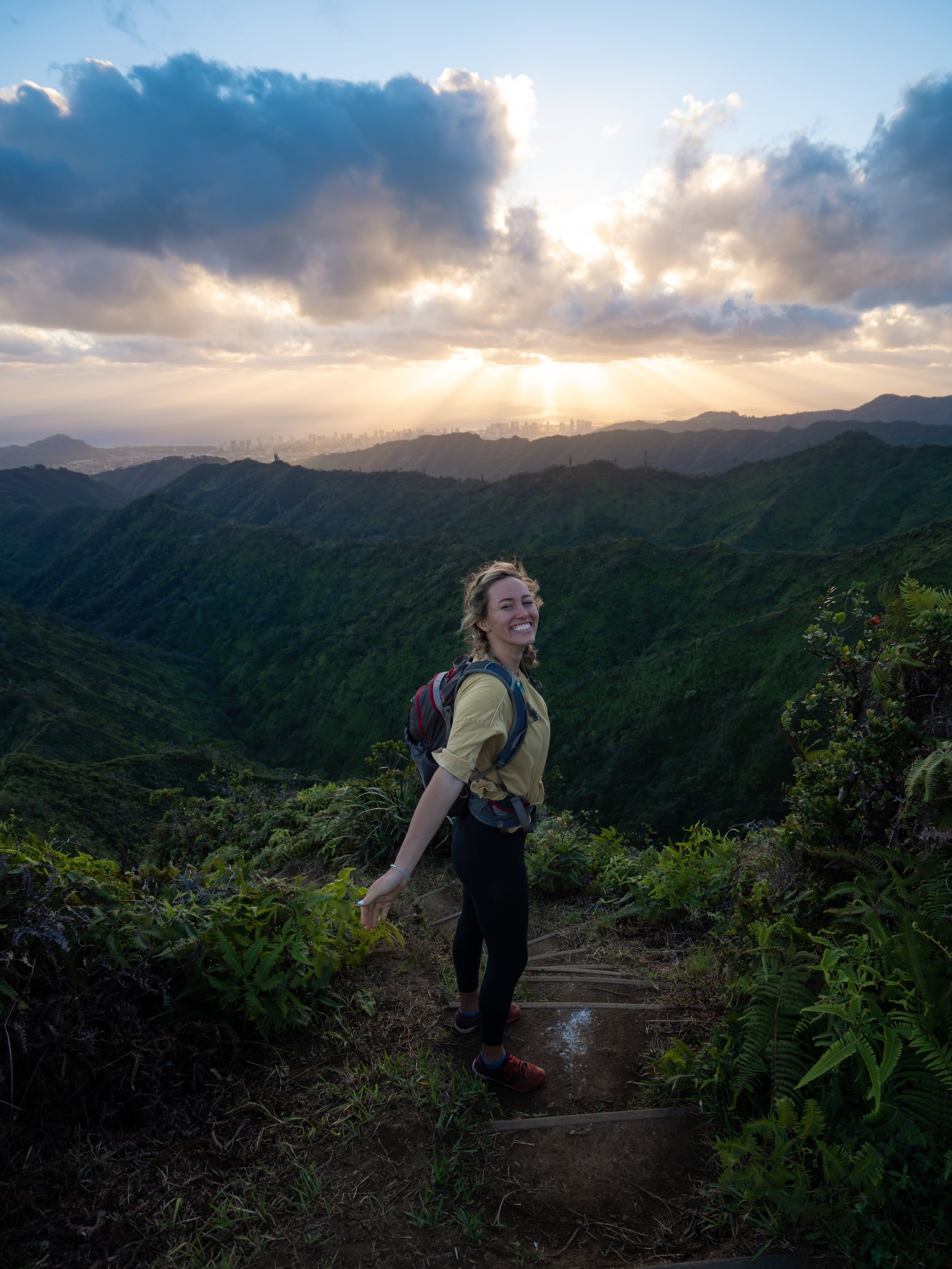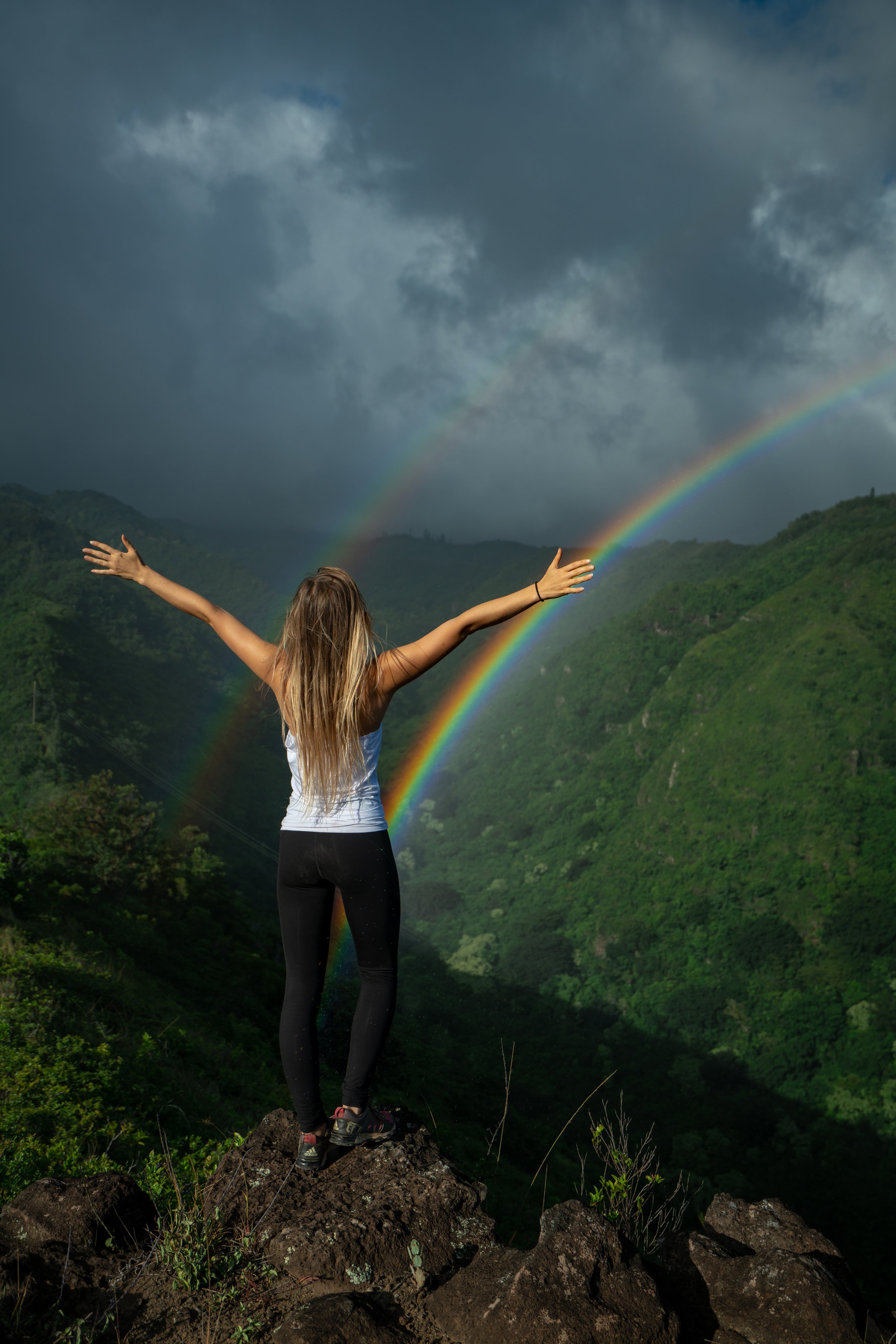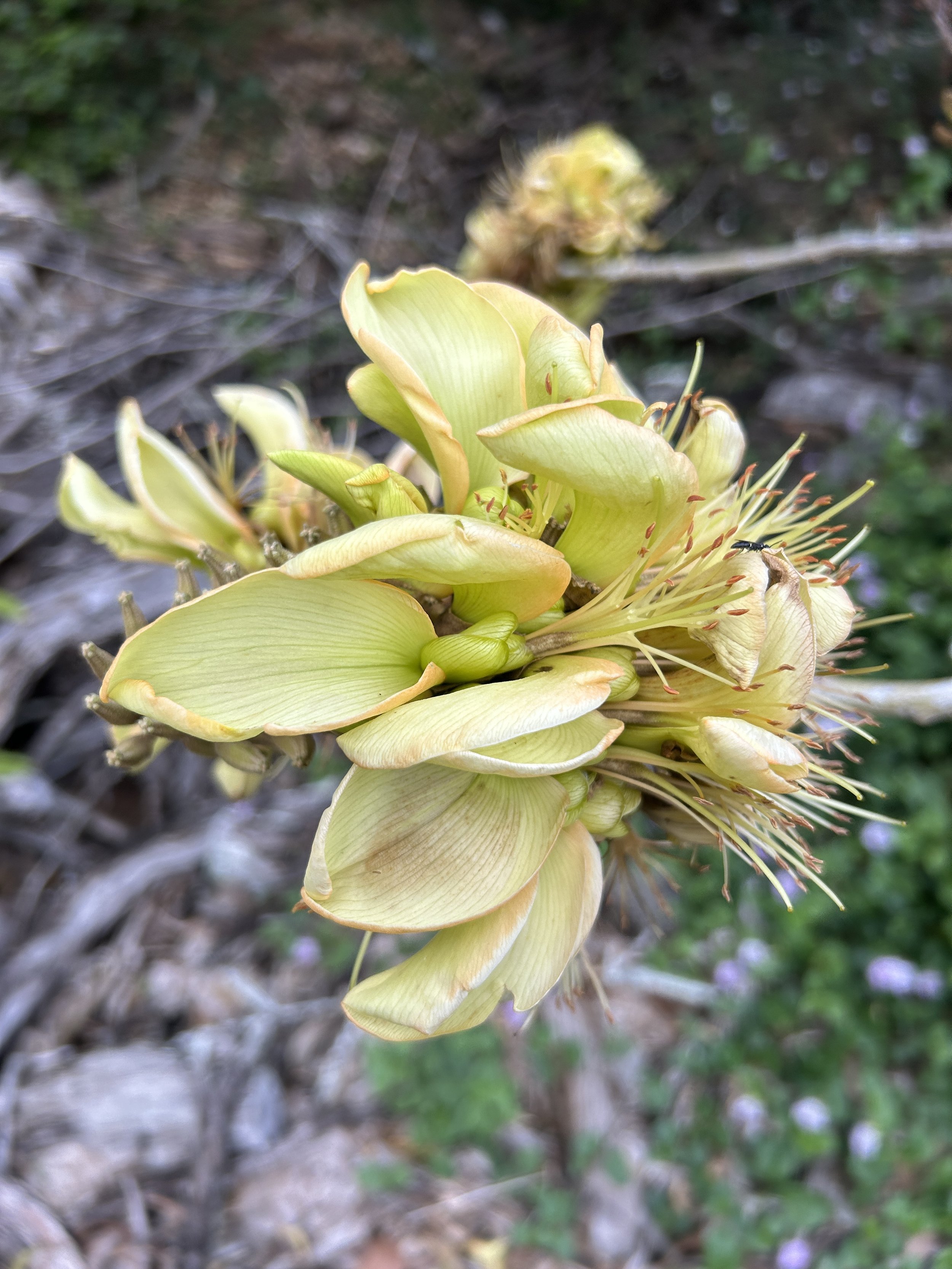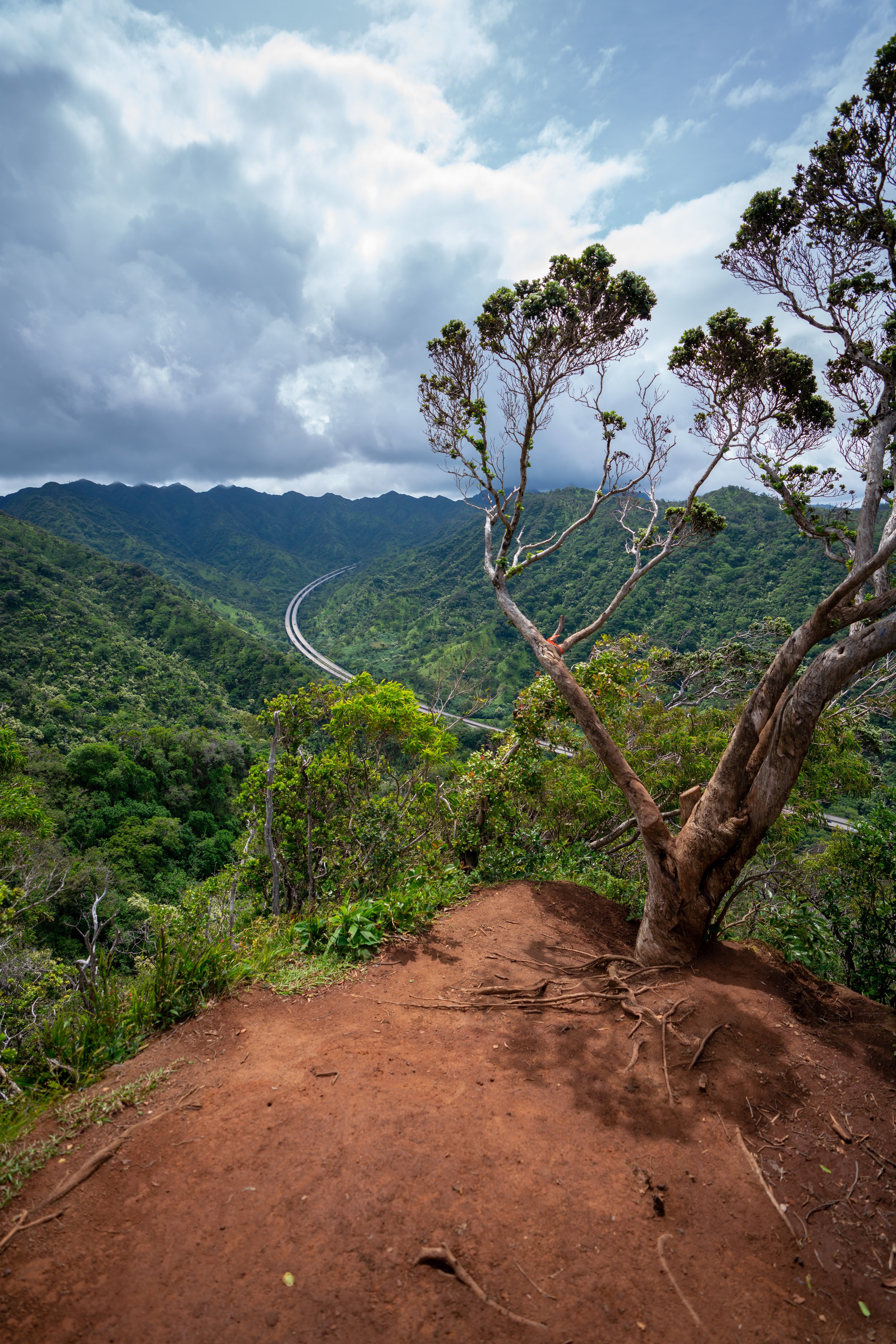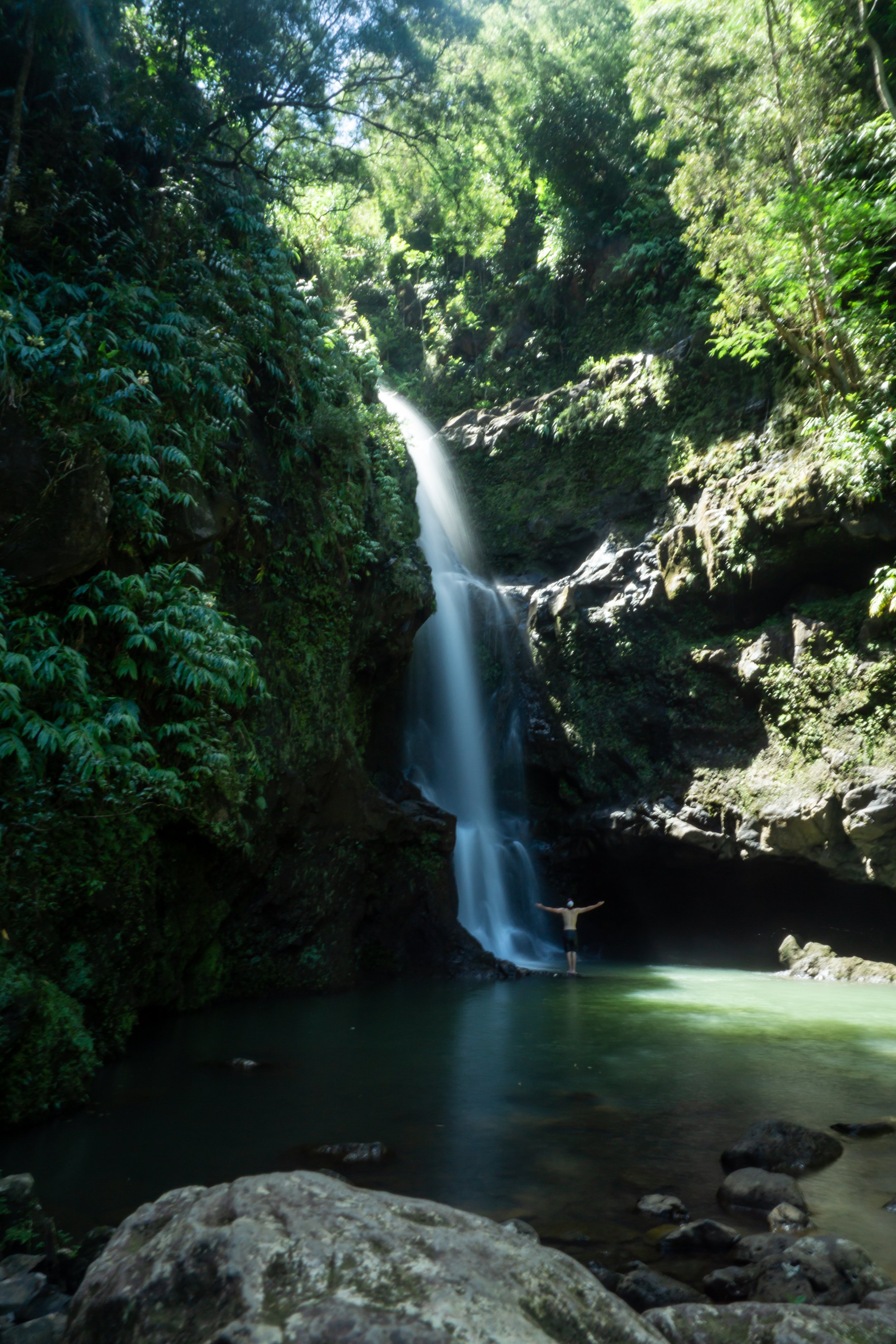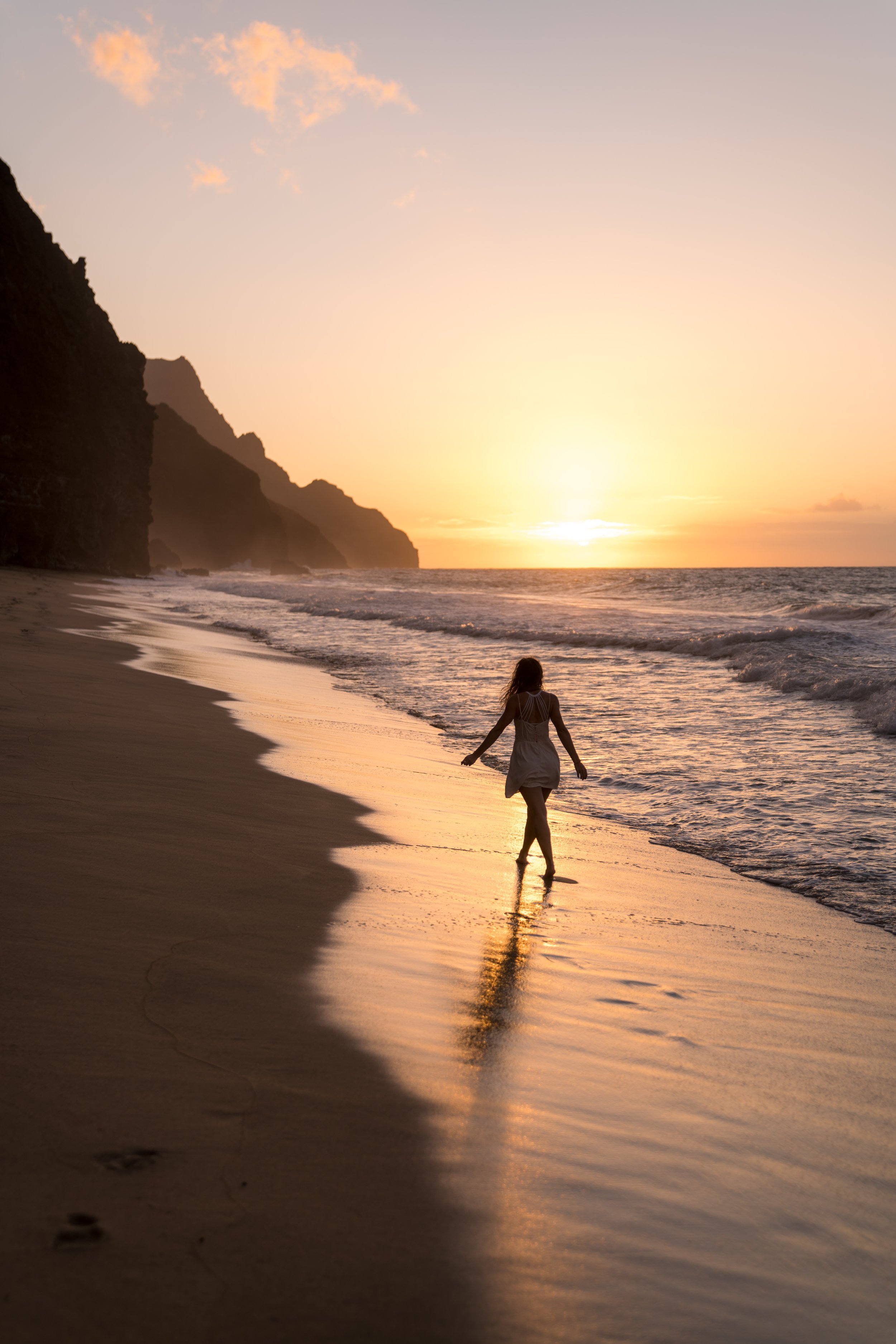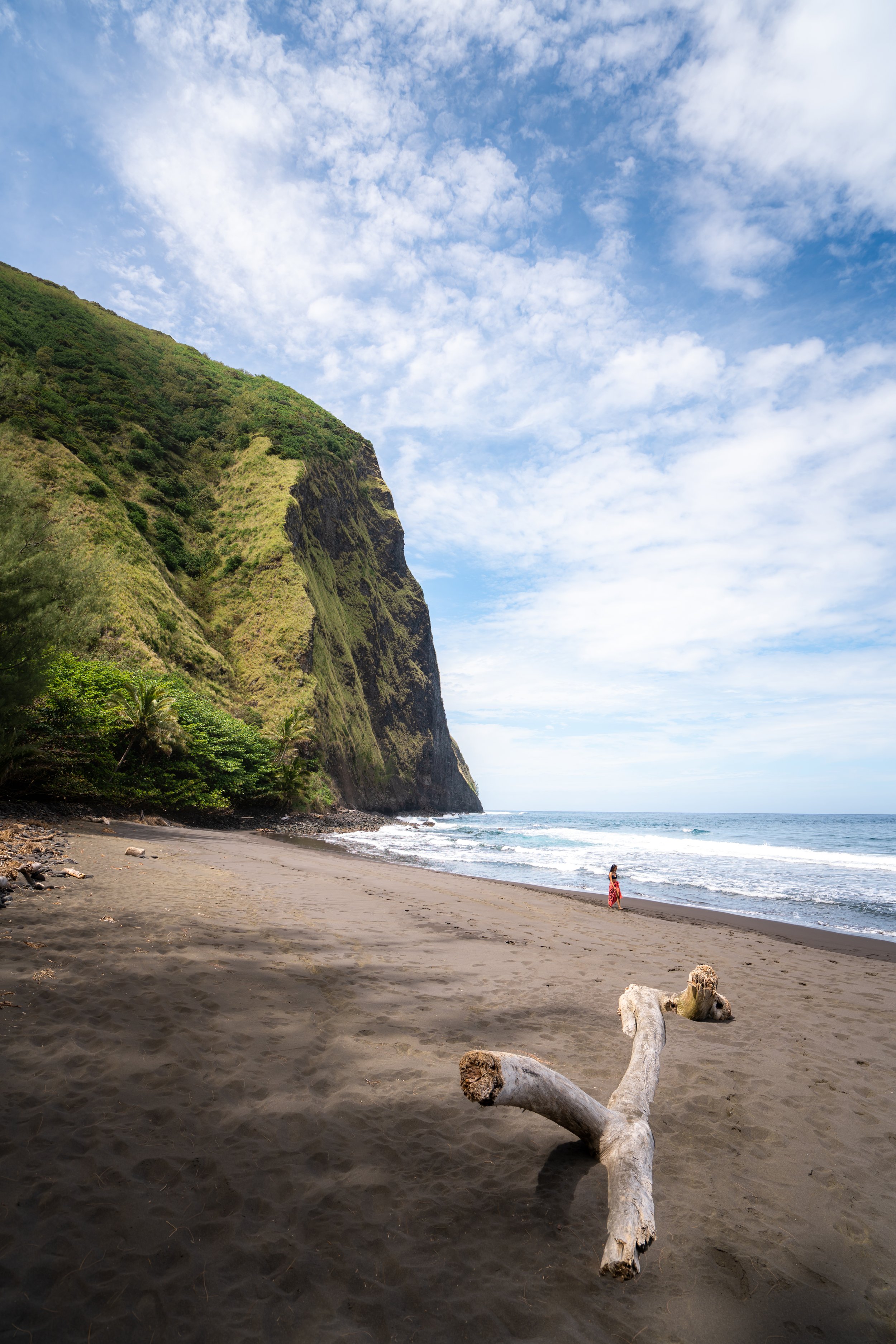Hiking the Mokulēʻia Forest Reserve Access Road on Oʻahu, Hawaiʻi
Distance (Roundtrip): 7.2 miles / 11.6 km
The Mokulēʻia Forest Reserve Access Road on Oʻahu’s North Shore is one of the best local trails on Oʻahu, and it’s not because of the road talked about here.
Rather, the Mokulēʻia Access Road is one of my favorites because when you start to understand how vast the Mokulēʻia Forest Reserve is at the top, there’s no shortage of exploring that one can do once you reach the gate at Peacock Flats.
That being said, there are simply too many different directions to write about in just this one article, but if you’re a trail runner, you can find endless opportunities and viewpoints—much like neighboring Keālia Trail down the road—if you choose to do some hiking past the Access Road itself.
Mokulēʻia Access Road Parking
Parking for the Mokulēʻia Forest Reserve Access Road is located right outside of the gate off Farrington Highway.
From the highway, the inconspicuous gate may look like private property. However, there are a number of signs indicating that it is indeed a public right-of-way shortly after this gate.
Google Maps Directions: Mokulēʻia Access Road
My Hawaiʻi Hiking Checklist
Osprey 3L Water Bladder - The Osprey 3L water bladder is the most universal hiking and backpacking water bladder on the market, and it’s my go-to because of the slide-off seal that allows it to be quickly filled from the top. Additionally, individual parts are easily replaceable, such as the bite valve.
Blister / Heel Protectors - I swear by these cheap, amazing heel protectors to prevent blisters for nearly every kind of hiking and backpacking that I do!
Black Diamond Headlamp - Personally, I recommend the Black Diamond Storm because it is one of the brightest, lightest, and longest-lasting headlamps on the market—and trust me, the weight-to-battery-life ratio really does matter!
Hiking / Trail Running Shoes - Depending on the type of trail, I prefer to use either the Keen Targhee for longer, more rugged hiking or the HOKA Zinal Trail-Running Shoe for lighter, less intense trails. In either case, both have been amazing to me for many years across countless environments, and both can be found in men’s and women’s sizes. - (Men’s Keen / Women’s Keen) (Men’s HOKA / Women’s HOKA)
Waterproof Rain Shell - You never know when it may rain, and I’ve learned over the years that a rain shell is far better than a rain jacket. By this, I mean that it’s best to have something that the water will roll right off of, which is why I recommend the Patagonia Torrentshell 3L available in both men’s and women’s sizes.
High SPF Sunscreen - Packing high-SPF sunscreen is a must for long days outside!
Hiking the Mokulēʻia Access Road
From the gate on Farrington Highway, the Mokulēʻia Access Road simply follows the 3.6-mile (5.8 km) road up to Peacock Flats, gaining about 1,600 ft. (488 m) along the way.
However, this 3.6-mile (5.8 km) distance is only the one-way distance to the gate at the Peacock Flats Campground. Meaning that your day will likely be much longer, depending on how much hiking—if at all—you choose to do from the campground.
On the day I took these photos, I ended up running around 13.1 miles (21.1 km), but it’s worth noting that most of those miles moved very quickly on the road, up and down.
In my experience, most nearby residents use the Access Road during the early morning or evening hours to workout, which is what I recommend over a midday, like these photos here.
However, if you choose to visit during the day for a sunset adventure, which can be quite spectacular along the Mākua Valley rim, consider hiking in a good sun shirt because of the lack of shade.
At about 0.8 miles (1.3 km), the Mokulēʻia Access Road begins to climb, and it generally won’t let up until the very top at Peacock Flats.
In my opinion, this makes the roughly 1,600 ft. (488 m) of elevation gain a little more challenging because it feels like it’s all compressed toward the end, instead of being evenly spread throughout.
After the 2.0-mile (3.2 km) mark, the Mokulēʻia Access Road will climb four steep switchbacks up the ridge.
This is where you want to be sure to keep an eye out for cars and bikers, especially, because they tend to pick up a lot of speed on these sections.
This old structure is a nice sign that you’re almost on the last switchback.
Peacock Flats
As previously mentioned, the Mokulēʻia Access Road is really just the jumping-off point for countless other hikes that you could do once up in the Mokulēʻia Forest Reserve.
For this reason, it likely won’t make sense why the Access Road is one of my favorite trails to hike/ run on Oʻahu if you turn around at Peacock Flats.
In any case, I’ve written an entirely separate article about my favorite trail runs on Oʻahu, to include the Mokulēʻia Access Road, and if you’re in need of a good road-to-trail shoe, you can see my preferred shoes linked below, which are truly perfect for an adventure just like this.
Read My Separate Post: Best Trail Runs on Oʻahu
Mokulēʻia Forest Reserve
In summary, the road to the left of the gate past Peacock Flats lead to the Mokulēʻia Trail, and the road going straight leads to a number of different roads and trails that you could explore, all of which are beyond the scope of just one article.
Regardless, Peacock Flats sits at the base of the Waiʻanae Summit Trail (WST), so if you ever end up along the fence line for Mākua Valley, you can use my separate article to look for notable places to work your way back to the Access Road.
Read My Separate Post: Mokulēʻia Trail
Waiʻanae Summit Trail (WST)
The Mokulēʻia Access Road is one of the best routes, both to and from the Waiʻanae Summit Trail (WST).
For those interested in hiking parts of or the entire summit, I think it’s important to note that the Mokulēʻia Trail is not a part of the WST, but it does lead to the summit trail from the junction at the Mokulēʻia Shelter.
To learn more about this and the entire trail across the Waiʻanae Summit, I encourage you to read more in my separate article.
Read My Separate Post: Waiʻanae Summit Trail (WST)
Native Plants on the Access Road
If you hike up high into the Mokulēʻia Forest Reserve beyond Peacock Flats, there are tons of native plants to find, such as ʻŌhiʻa lehua, ʻIliahi, Kokolau, Māmaki, ʻAkoko, ʻĒkaha, Koa, and ʻAiea, to truly only name a few.
However, if you only stick to the Access Road, there are far fewer to see. Still, Wiliwili, Uluhe, Palaʻā, and Lonomea are among a few that you can see.
That being said, if you are curious about trying the native Hawaiian Māmaki tea, I kindly ask that you don’t harvest Māmaki from our native forests but, instead, buy from one of the local reputable vendors, such as those listed below.
If you would like to learn more about these and tons of other native Hawaiian plants from across the islands, I encourage you to check out my separate post linked below.
Read My Separate Post: Native Hawaiian Plant Guide
More Oʻahu Adventures
If you’re interested in reading about some more amazing Oʻahu adventures, check out my separate posts below!
Best Hotels & Restaurants in Waikīkī
If you’re trying to decided where to stay on Oʻahu, check out my top 10 list for the best resorts and restaurants in Waikīkī.
I break down what makes one hotel a better choice over another, so that you can find the best fit for your stay on the island.
Read My Separate Post: Best Waikīkī Hotels & Restaurants
HNL Airport-Hotel Shuttle
Prices on ride-share apps like Uber/ Lyft cannot beat the price of booking your hotel shuttle prior to arrival. I say this because there are additional fees for ride-share airport pick-ups at Honolulu Airport (HNL), which is why I recommend booking your transportation in advance using the options below.
Additionally, the last option below will go as far as the Ko ʻOlina Resorts on the West Side and Turtle Bay on Oʻahu’s North Shore!
Best Way to Book Rental Cars!
I travel quite a bit, and I know firsthand that finding a good rental car deal can be a challenge, but that’s why I recommend comparing all of your options with Discover Cars.
In short, Discover Cars is a well-known, reputable business that allows you to search for the best deal across companies, and they have the best full-refund cancellation policy I’ve ever seen, valid up to 72, or sometimes even 48, hours prior to your reservation!
Book Here: Discover Cars
Visiting Other Islands
If you are visiting Oʻahu or heading to another island, check out some of my personal recommendations for Oʻahu, Maui, Kauaʻi, Molokai, Lānaʻi, and Hawaiʻi Island (Big Island) in these separate posts.
If you’re trying to decide which island is right for your visit, check out my overview about each island in the post below.
Read My Separate Post: What is the Best Hawaiian Island to Visit?
What is the Best Time of Year to Visit Hawaiʻi?
The weather in Hawaiʻi can often appear to be warm and beautiful throughout the year, but in my experience, there is a lot more to consider when planning what time of year to visit the islands, such as what island you are considering, what sides of each island do you plan to stay, what activities are you most interested in, the wildlife, and countless other nuanced variables that can all impact the type of trip you can expect to have.
For these reasons, I highly recommend reading through my separate article to not only understand my thoughts regarding the best time of year to come to Hawaiʻi but also what you need to consider based on the time of year that you plan to visit.
Read My Separate Post: What is the Best Time of Year to Visit Hawaiʻi?
10 Best Tours & Excursions on Oʻahu
There are a lot of different tour options to choose from on Oʻahu, but to make it easier to decide, I made a list of my favorite tours because some things simply are better with a local guide!
Read My Separate Post: Best Tours on Oʻahu
Safety
All hikes in Hawaiʻi should not be compared to trails outside of the islands, and hikers should exercise due caution on every adventure, given that many are extremely dangerous.
By this, I mean that Hawaiʻi is known for hot, humid weather, steep, dramatic, and unstable cliffs, and flash floods, which can occur without warning. Therefore, it is important that you check the local forecast, understand the physical condition of your entire group, and pack sufficient food and water before attempting any adventure.
Disclaimer
All information provided on this blog is for informational purposes only and is not intended to be a substitute for information or advice from qualified professionals or managing agencies.
Noah Lang Photography LLC makes no representations or warranties regarding the accuracy or completeness of the information provided here, and readers should use their own discretion, judgement, and seek professional advice where it is appropriate.
Furthermore, Noah Lang Photography LLC shall not be held responsible for any injuries, lost individuals, or legal issues arising from the use of information provided on this website, and if applicable, the above safety disclaimer should be referenced to provide a generic overview of the risks involved.
All said, the content on this blog is for the sole use of Noah Lang Photography LLC, and unauthorized use or reproduction of this content is strictly prohibited.
Disclosure
This post is not sponsored.
However, some of the links in this post are affiliate links, which means that I may earn a small commission if a purchase is made through one of those links. This commission comes at no additional cost to you, and I only recommend products that I personally use and believe will add value to my readers. Thank you for your support, which enables me to continue creating more!
To read the full privacy policy, click here.

About This Blog
Noah Lang Photography, also known as @noahawaii, is 100% reader-supported!
I do not accept guest articles or sponsored content of any kind on my blog, which is why, if you enjoy the outdoor and travel content I create, please consider buying me a coffee!
I appreciate your support, which helps me continue to keep this blog alive!











